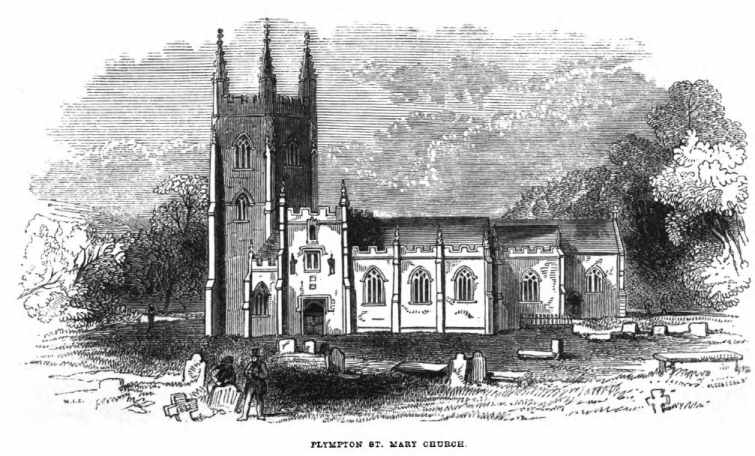Transcribed from the 1848 F. & J. Rivington edition byDavid Price. Many thanks to the British Library for makingtheir copy available.
COTTAGE SCENES
DURING
THE CHOLERA.
BEING EXTRACTS FROM A DIARY WRITTENIN
JULY AND AUGUST, 1832.
BYTHE
REV. W. I. COPPARD, M.A.,
INCUMBENT OFPLYMPTON ST. MARY, DEVONSHIRE; AND DOMESTIC
CHAPLAIN TO THE EARL OF MORLEY.
LONDON:
F. & J. RIVINGTON; HAMILTON, ADAMS, AND CO.;
HATCHARD & SON; AND MASTERS;
EXETER: H. J. WALLIS. PLYMOUTH: R.LIDSTONE.
1848.
p.ivPREFACE.
In compliance with the repeatedrequest of some highly valued friends, these Extracts are offeredto the Public. They possess no recommendation beyond thatof being a plain statement of facts, for the authenticity ofwhich, there are many living witnesses: and the writer of themhumbly prays that, by the blessing of God, they may contain somehints which will be beneficial to his fellow-creatures.
p.1INTRODUCTION.
The Parish of Plympton St. Mary, ata distance of about four miles from Plymouth, is bounded on thewest by the river Plym. From Long-Bridge, which crosses theriver, it extends eastward nearly six miles. Thepopulation, [1] at the time of the census of 1831,consisted of 2152, and is scattered over an area of nearly thirtysquare miles. Independently of gentlemen’s seats,numerous farm houses, and small clusters of cottages in isolatedspots, there are seven villages within the parish; viz.,Ridgeway, Underwood, Colebrook, Hemerdon, Sparkwell, p. 2Venton, and apart of Lee-Mill-Bridge, containing, upon an average, in each,from 150 to 300 inhabitants, chiefly agricultural labourers.
Near the western extremity, stands the venerable ParishChurch, in a picturesque valley, within a few hundred yards ofthe three first-named villages. Colebrook is on the lowestground, adjacent to a small river; Ridgeway is situated higher;and Underwood, the main scene of the disastrous ravages of thecholera (having been nearly decimated out of a population of 300,and where, at one time, 200 individuals were affected, more orless, with symptoms of the fearful epidemic), lies east and weston the nort
